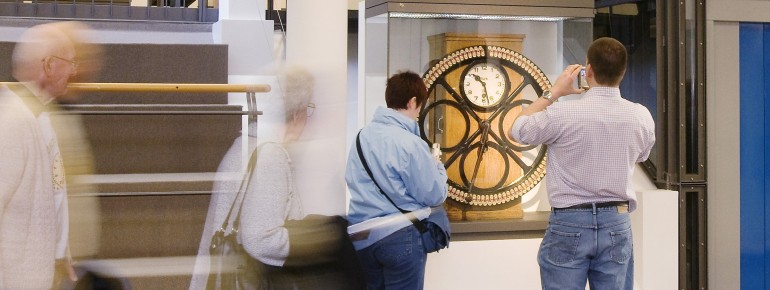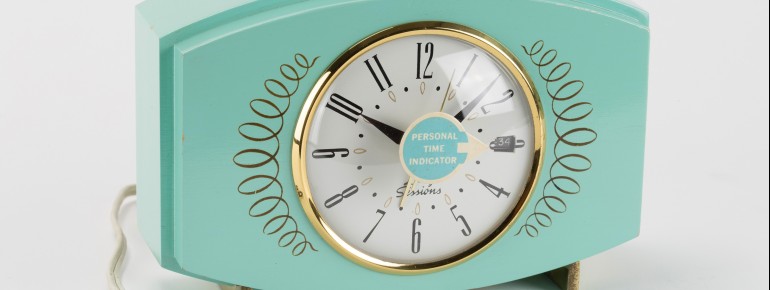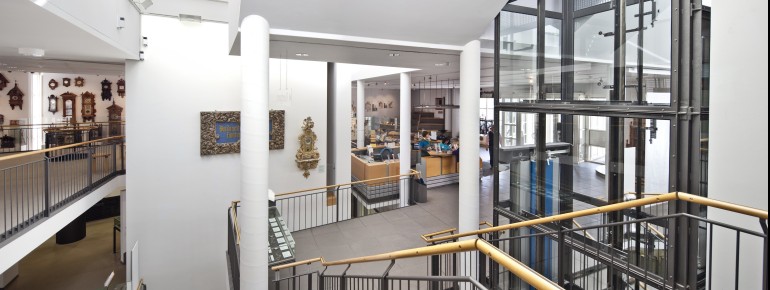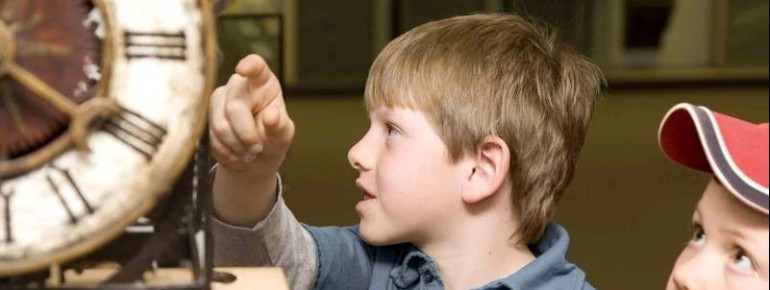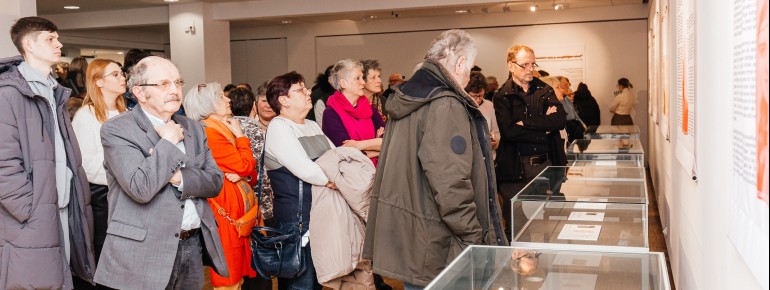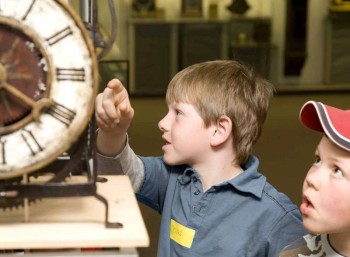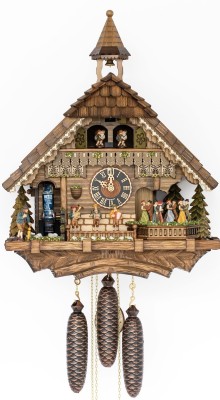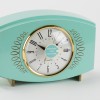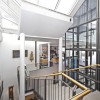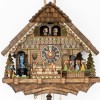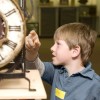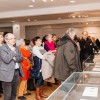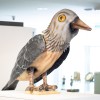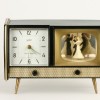Contents
Description
Clocks from the Black Forest and from the whole world
The German Clock Museum is located in the central part of the Baden-Württemberger town Furtwangen in the Black Forest. It shows the production of clocks in the Black Forest and the history of clocks. With more than 8000 objects and 1000 exhibits, the museum has the biggest clock collection worldwide. Additionally to the permanent offer, there are also temporary exhibitions, as much as a great library and a huge company archive.
The history of time
The permanent exhibition gives the opportunity to learn more about the history and development of clocks. Especially in personal, guided tours, which also shows mechanical music instruments, you can discover the history of time. The tours take place every day at eleven o`clock (for groups also on Mondays). It has a duration of 45 minutes, in which you take a journey from the Stone- to the Atomic age. More than 1000 exhibits make you experience "time".
Here is the home of the Kuckuck
The museum also has a collection of the typical Black Forest Kuckuck clocks, of course. Some of them are from the early beginnings of the production from the 18. century.
Temporary exhibitions and events
Besides of the permanent exhibition, there are also temporary collections at the museum. With different events and interactive programs, especially for children, the museum is a great experience for the whole family. You can click here for more information about the current offers.
Accessibility
As the building has an elevator, as much as ramps, disabled people and persons, who need a wheelchair can visit the museum and can take place at the tours. You can express wishes about durance, pauses and space requirements in advance. The employees will do their best to give you the best experience possible.
Historical Information
Clocks from the Black Forest
Convenient to the place of the museum, the clock production in the Black Forest which was the leading industry in Central Europe is a huge part of the exhibition. After the state supported the industry financially, Furtwangen became the centrum of the German clock production. In 1850, the first German clock school was founded in this small town, to educate people in clock production and trading. In 1900 the clocks had their golden age and were sold the best. Trough the price pressure from other countries, especially from the East, a lot of companies switched to other items or even shut down completely. For that reason, there is the museum in Furtwangen, so that the history of clocks does not get lost.
How to get there
By car
The address for the navigation system is: German Clockmuseum; Robert-Gerwig-Platz 1; 78120 Furtwangen
- Coming from the highway A 5 Frankfurt - Basel, take the exit road Offenburg over B 33 Hausach - Triberg and afterwards the exit road Freiburg North over B 294 Waldkirch - Simonswald, to get to Furtwangen.
- Coming from the highway A 81 Stuttgart - Singen, take the exit road Villingen-Schwenningen over VS-Villingen-Vöhrenbach or the exit road of the triangle Bad Dürrheim over Donaueschingen - Wolterdingen - Vöhrenbach, to get to Furtwangen.
Afterwards, follow the navigation system and the signs on the street.
By public transport
At the railway station Triberg is a direct bus connection to Furtwangen. The exit station is called "Furtwangen Rößleplatz".
You can also take the direct bus connections from the railway stations Donaueschingen, Villingen and Freiburg to get to Furtwangen. The exit station is the same as before: "Furtwangen Rößleplatz".

